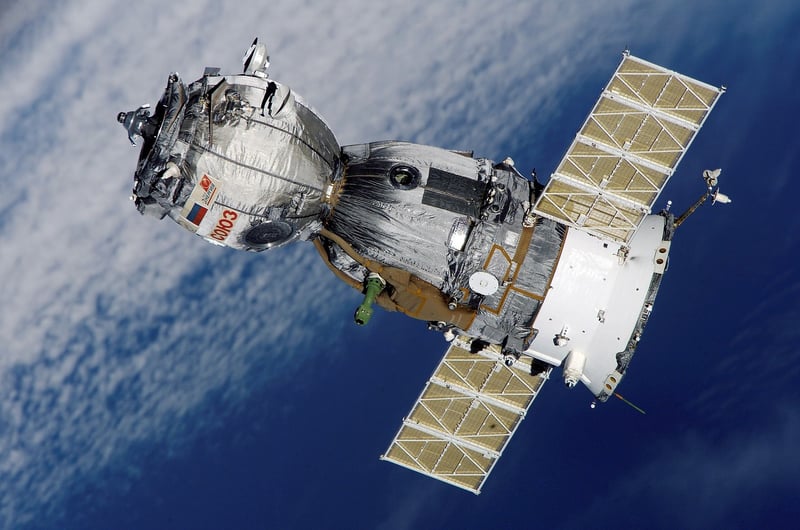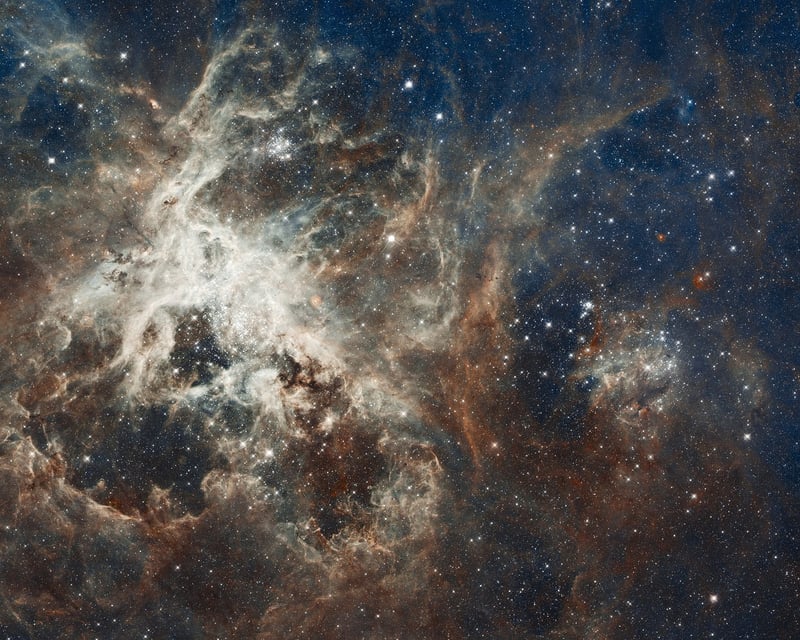Interstellar Missions
Exploring the Cosmos: Interstellar Missions
Embark on a journey through the vast expanse of the cosmos, where the mysteries of the universe await exploration. Interstellar missions represent humanity's quest to push the boundaries of space exploration beyond our solar system.
What are Interstellar Missions?
Interstellar missions are spacecraft missions designed to travel between stars within a galaxy. These missions involve sending probes, satellites, or spacecraft to explore regions beyond our solar system, such as neighboring stars, exoplanets, and interstellar space.
Challenges of Interstellar Travel
Interstellar travel presents numerous challenges due to the vast distances involved. The primary obstacles include:
- Extreme distances requiring advanced propulsion systems.
- Long-duration missions spanning decades or even centuries.
- Survival of spacecraft in harsh interstellar environments.
Notable Interstellar Missions
Several groundbreaking interstellar missions have been launched to explore the cosmos:
Voyager 1 and Voyager 2
The Voyager spacecraft were launched in 1977 and have since ventured into interstellar space, providing valuable data about the outer regions of our solar system.

Breakthrough Starshot
Proposed by the Breakthrough Initiatives, this mission aims to send ultra-light nanocraft to the Alpha Centauri star system, propelled by powerful lasers.

The Future of Interstellar Exploration
As technology advances, the possibility of interstellar travel becomes more achievable. Concepts such as warp drives, solar sails, and advanced propulsion systems offer potential solutions to overcome the challenges of interstellar missions.
Join us in unraveling the secrets of the cosmos through interstellar missions and witness the wonders that lie beyond our solar system.
Explore more about interstellar missions and the mysteries of the universe here.
